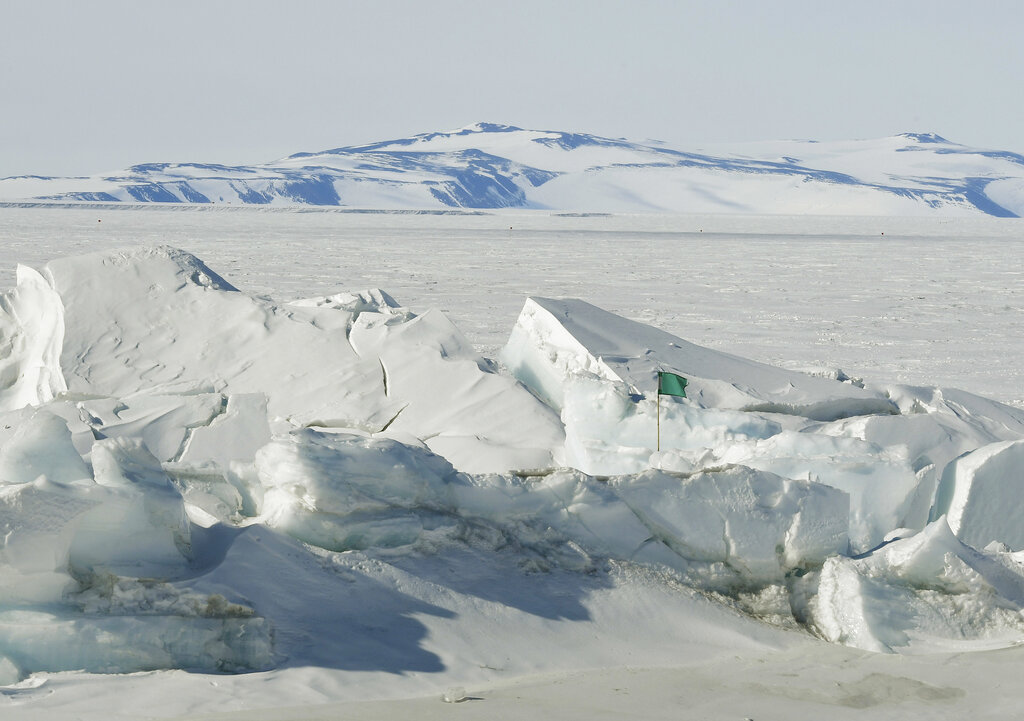
WELLINGTON - International scientists have been working to save the "missing piece in the puzzle" of the West Antarctic Ice Sheet melt in the Ross Sea region, which can be prevented if a low-emissions pathway is kept to.
Collapse of the ice sheet represents over 5 meters of potential global sea level rise, so understanding the melting of the ice sheet is critical for forecasting how much and how fast seas will rise around the world, scientists from New Zealand's GNS Science, Victoria University of Wellington, and the US Los Alamos National Laboratory said on Wednesday.
The international team used computer model simulations to explain the ice sheet retreat and advance, which looked at how changes in the ocean and Earth's crust influenced the ice sheet, according to the research published on Tuesday at Nature Communications.
When surface ocean water freezes as sea ice, salt is released, which creates very dense cold salty water that can mix deep into the ocean. This dense water acts as a barrier between warmer ocean water and the ice shelf, preventing melting, the research showed
"Our study sought to unravel what happened to the WAIS in this region in the past, in order to better predict what will happen in the future," said the lead author, Dan Lowry, GNS Science ice sheet and climate modeler.
ALSO READ: Study: Meltdown of West Antarctic Ice Sheet unavoidable
Deep ocean mixing is the primary driver of WAIS behavior, according to the research.
When surface ocean water freezes as sea ice, salt is released, which creates very dense cold salty water that can mix deep into the ocean. This dense water acts as a barrier between warmer ocean water and the ice shelf, preventing melting, it showed, adding Antarctic ice cores and geological records, however, show that in the past, this ocean mixing was weaker, which means melting rates may have been higher.
As an ice sheet shrinks in size, the change in ice load causes the Earth's crust to slowly lift up in response. Crustal uplift as the ice sheet retreated thousands of years ago may have re-grounded the floating ice, allowing the ice sheet to stabilize and then advance again, the scientists said, adding the ice sheet, ocean and solid earth all interact and influence each other.
READ MORE: Study: Climate change slowing Antarctic deep sea current
Lowry said this new study shows that it is still possible to prevent the WAIS retreat in the Siple Coast region by mitigating greenhouse gas emissions to meet the Paris Agreement target, which will limit the ocean warming to levels that will not cause collapse of the ice sheet.


